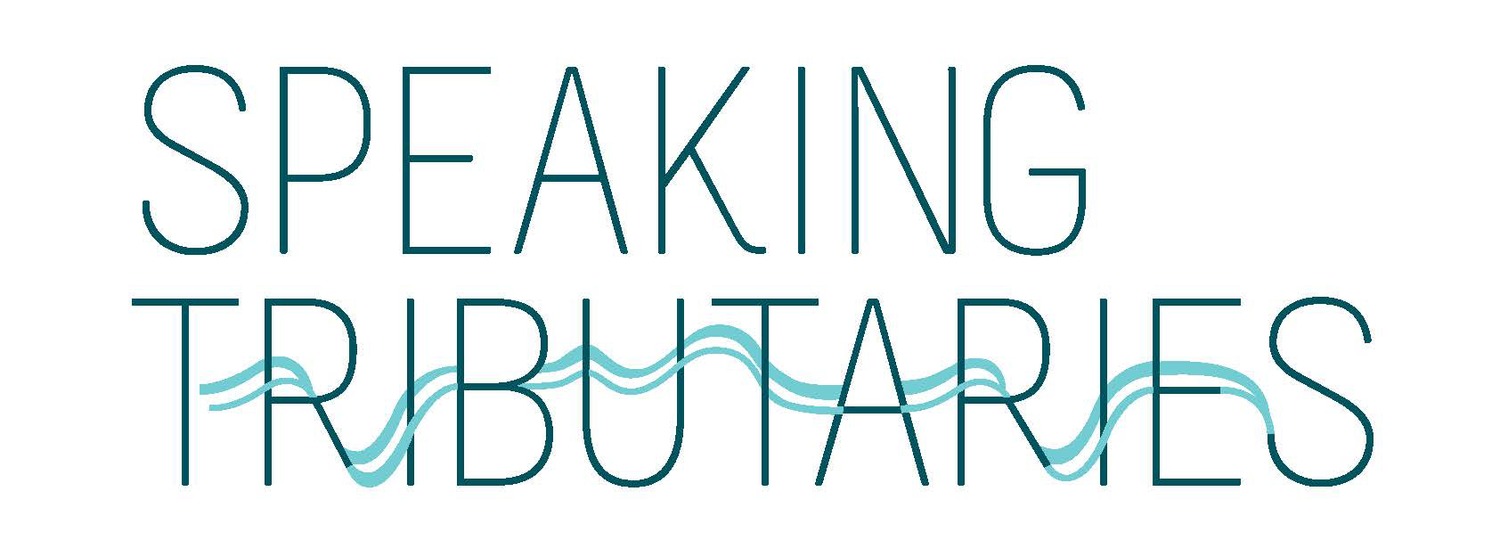Salem Lutheran Home recently participated in the What I Be project, described by photographer Steve Rosenfield as "a social experiment turned into, what is now, a global movement about honesty and empowerment." Rosenfield continues, "In today’s society, we are often told to look or act a certain way. If we differ from these “standards,” we are often judged, ridiculed, bullied and sometimes even killed over them. I started this project in hopes to open up the lines of communication, and to help everyone accept diversity with an open mind & heart and empower those who feel they suffer for something they may see as a flaw."
Salem's photos can be found here, at the top of the page.
I know all of the people who participated in the project at Salem, some quite well. Project participants were asked to name an insecurity, which would then accompany their photograph as the phrase "I am not my _____". Some people shared things that I knew about, struggles they have shared openly with me. Others shared things that came as a complete surprise to me. As someone whose job it is to make a safe, welcoming space for all of Salem's residents, the results of this project made me take a hard look at what I take for granted. Many of us spend a lifetime masking our insecurities, and it is remarkable what this project does to give those insecurities a place and a voice.





